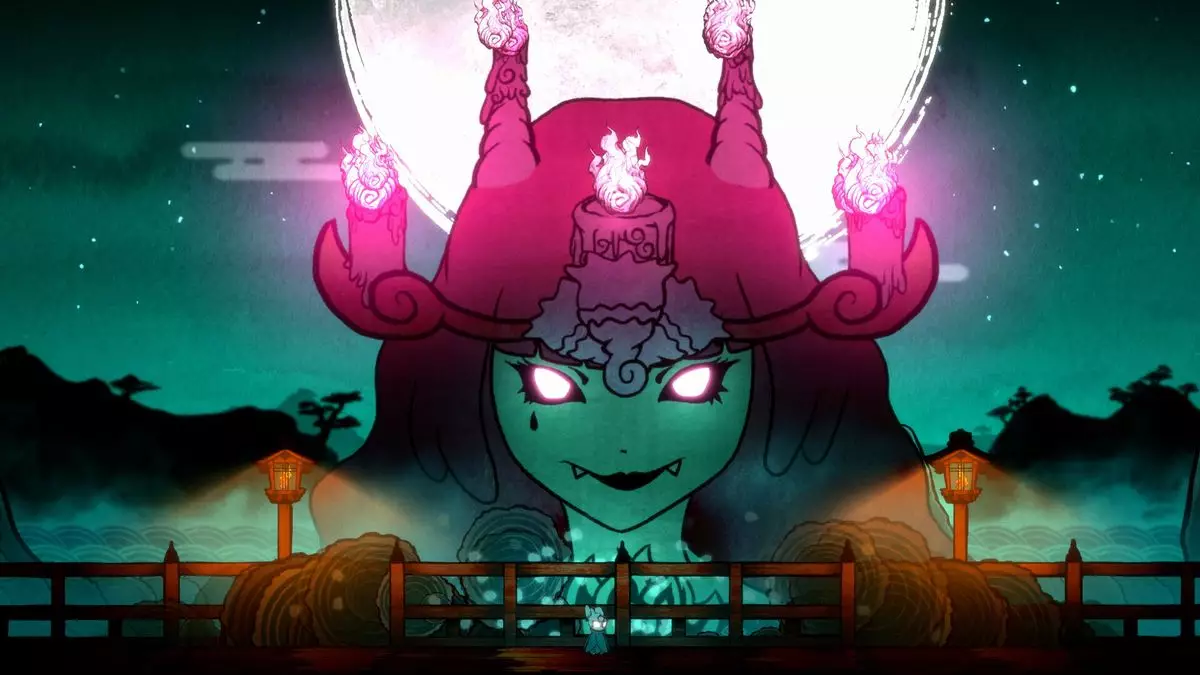Hollow Knight has firmly established itself as a landmark title within the Metroidvania genre since its release. Its intricate design combines a rich, atmospheric world with gameplay that presents both beauty and challenge. The game’s difficulty is so pronounced that it often acts as a barrier for newcomers, leading some players to abandon it prematurely. This was the experience of Chris Stair, the design lead for the upcoming indie game Bō: Path of the Teal Lotus. His initial foray into Hollow Knight ended in frustration after just one death, but after a significant gap, his curiosity drew him back into Hallownest, transforming frustration into admiration.
Stair’s journey from a disgruntled player to a passionate advocate for Hollow Knight exemplifies a common narrative among gamers. The game’s steep learning curve can be intimidating, yet it offers immense rewards for players who persist. Following his subsequent hours spent in Hollow Knight—reportedly over 200—Stair’s appreciation deepened as he slowly unraveled the depths of the game’s mechanics and storytelling. This transformation speaks volumes about the game’s design; it not only tests skill but also cultivates resilience and curiosity, prompting players to reflect on their gaming experiences.
Incorporating elements inspired by Hollow Knight, Stair’s Bō: Path of the Teal Lotus stands as a testament to the lasting influence of Team Cherry’s masterwork. Set against a backdrop of Japanese mythology, Bō embraces a distinct aesthetic while maintaining the core characteristics that define the Metroidvania genre—exploration, combat, and intricate level designs. Yet, it differentiates itself through its unique narrative and a blend of cultural influences, promising to carve out its own identity and expand upon the conventions set forth by its predecessors.
Ali Jones, through her insights on Bō: Path of the Teal Lotus, emphasizes that the game channels a familiar spirit while exploring new horizons within its narrative framework. This example underlines the importance of artistic growth in the gaming industry, showcasing how past successes can inspire groundbreaking innovations rather than mere imitations. The trajectory from initial frustration to renewed enthusiasm not only enriches the developer’s perspective but also underscores the broader narrative of growth and evolution within the gaming community.
As new indie titles continue to emerge, they are likely to draw inspiration from the successes and failures of those that came before them. Hollow Knight’s combination of striking visuals, deep mechanics, and emotional storytelling has set a benchmark for the genre. The experiences of developers like Chris Stair illustrate how engagement with demanding games can lead to fruitful developments in their own projects. As more games explore the delicate balance between challenge and reward, the Metroidvania genre is poised for a resurgence characterized by innovation and creativity, ensuring that Hollow Knight’s legacy will endure for years to come.


Leave a Reply